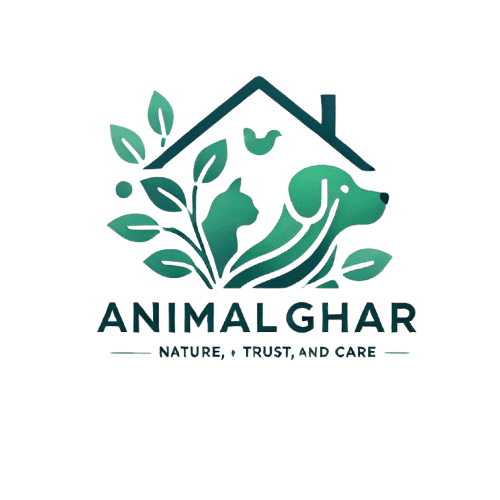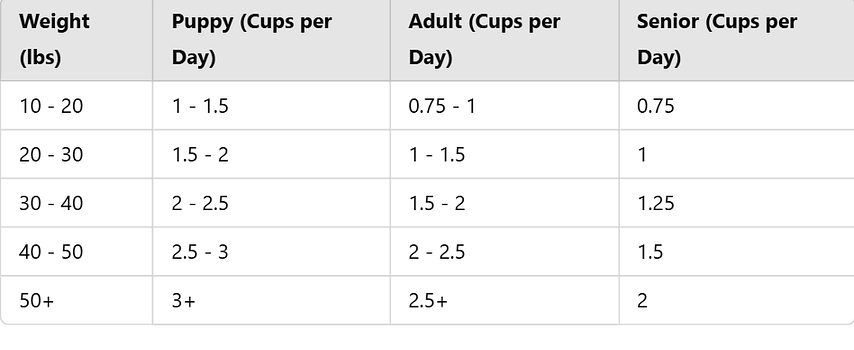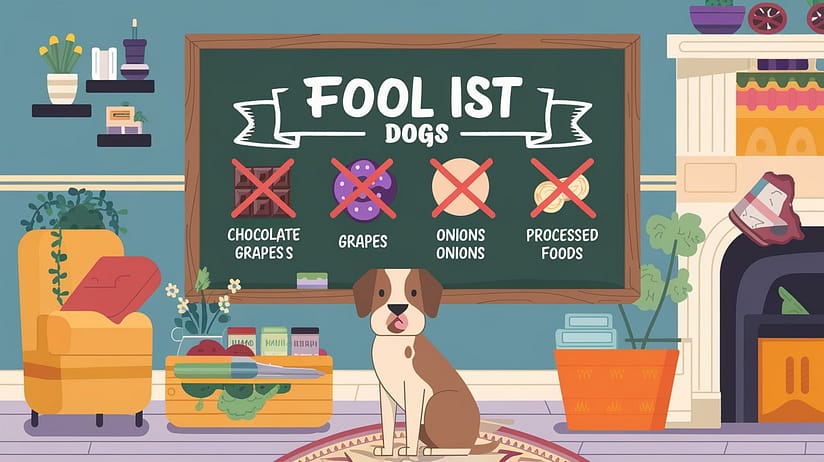Owning an Australian Cattle Dog demands keeping up with their limitless energy and vivacious nature. Since these exceptionally bright dogs, often called Blue Heelers, require a well-balanced diet to power their energetic lifestyle, it is vital to understand their feeding preferences. However, figuring out the appropriate portion proportions can be tricky.
In this guide, we’ll break it all down for you—offering a detailed Australian Cattle Dog feeding schedule, food choices, and practical recommendations to help your pup stay happy and healthy. Ultimately, a healthy diet contributes to your animal pet’s longer and healthier life. Therefore, paying attention to their diet is one of the best things you can do as a good pet owner.
How Much to Feed an Australian Cattle Dog? (Weigh-based Feeding Chart)
Each dog is unique, but their diet should always be based on age, weight, and activity level. Therefore, utilize this chart as a helpful reference:
Feeding Tips:
- Puppies: Need numerous tiny meals (3-4 times daily) to maintain their rapid growth. Consequently, establishing a mealtime schedule is vital.
- Adults: Best fed twice a day to maintain stable energy levels. In addition, ensure their diet includes enough protein to sustain their busy lifestyle.
- Older: Might need fewer calories but still require appropriate nourishment to maintain aging muscles and joints. Therefore, monitoring their weight and modifying portions as needed is vital. Furthermore, talking with a vet can help fine-tune their diet.
What’s the Best Diet for an Australian Cattle Dog?
1. Protein-Packed Foods
Protein serves a critical role in keeping their muscles healthy and energy levels high. Thus, great protein sources include:
- Chicken
- Turkey
- Beef
- Fish (Salmon, Tuna)
- Lamb
2. Healthy Fats for Energy
Fats keep your dog’s coat glossy and give enduring energy. Additionally, they support brain function and overall well-being. Therefore, it is essential to include:
- Fish Oil
- Flaxseed
- Chicken Fat
- Coconut Oil
3. Nutritious Carbohydrates
Carbs are a significant energy source. Moreover, they help with digestion and contain vital fiber. Some outstanding choices are:
- Brown Rice
- Sweet Potatoes
- Peas
- Carrots
- Oats
4. Essential Vitamins and Minerals
- To round out their nutrition, consider adding:
- Leafy greens (Spinach, Kale) for antioxidants
- Berries (blueberries, Cranberries) for immunological support
- Vet-approved supplements for additional nutrients
Best Dog Food for Australian Cattle Dogs
Top Dry Dog Food Brands:
- Blue Buffalo Wilderness High Protein—Packed with chicken and fish, grain-free, and excellent for active dogs.
- Taste of the Wild High Prairie—Features bison and venison for a natural, high-protein diet.
- Orijen Original—a whole-prey diet for balanced nutrition and excellent health.
- Wellness Core RawRev—High-protein kibble with raw pieces to enhance flavor and nutrition.
- Merrick Grain-Free Texas Beef & Sweet Potato—Great for dogs who need consistent energy levels.
Simple Homemade Meal Idea:
If you love creating your dog’s meals from scratch, try this recipe:
- 50% cooked chicken for lean protein
- 25% cooked veggies (carrots, peas, spinach) for vitamins and minerals
- 25% brown rice for fiber and energy
- 1 tsp. fish oil (for Omega-3s to promote healthy skin and coat)
Common Health Issues & How Diet Helps
1. Preventing Obesity
Keeping your dog at a healthy weight is vital for joint health. Therefore, sticking to portion limits and doing daily activities is vital to minimizing needless weight gain. Additionally, avoiding excessive snacks might help maintain a healthy weight.
2. Supporting Joint Health
Omega-3 fatty acids (found in fish oil) and glucosamine can help preserve joint strength. Furthermore, maintaining an active lifestyle helps increase mobility and reduce stiffness. Consequently, regular walks and exercise programs can be useful.
3. Avoiding Food Allergies
Some Australian cattle dogs have food sensitivity. As a result, if your pup battles with digestive disorders, shifting to a limited-ingredient food free from wheat, soy, or artificial additives may be beneficial. Moreover, always introduce new meals gradually to monitor any adverse reactions.
4. Maintaining Dental Health
Crunchy food and dental chews can help keep their teeth clean. In contrast, too-soft foods can lead to plaque development; therefore, it’s ideal to find a balance between dry and moist foods. Additionally, regular dental checkups are recommended.
Final Thoughts
Feeding your Australian Cattle Dog the right way is vital to a happy, energetic, and healthy life. Therefore, follow the eating chart, choose nutrient-dense meals, and stick to a constant schedule. And of course, frequent vet check-ups may help keep their diet on track, ensuring they live their best life!



